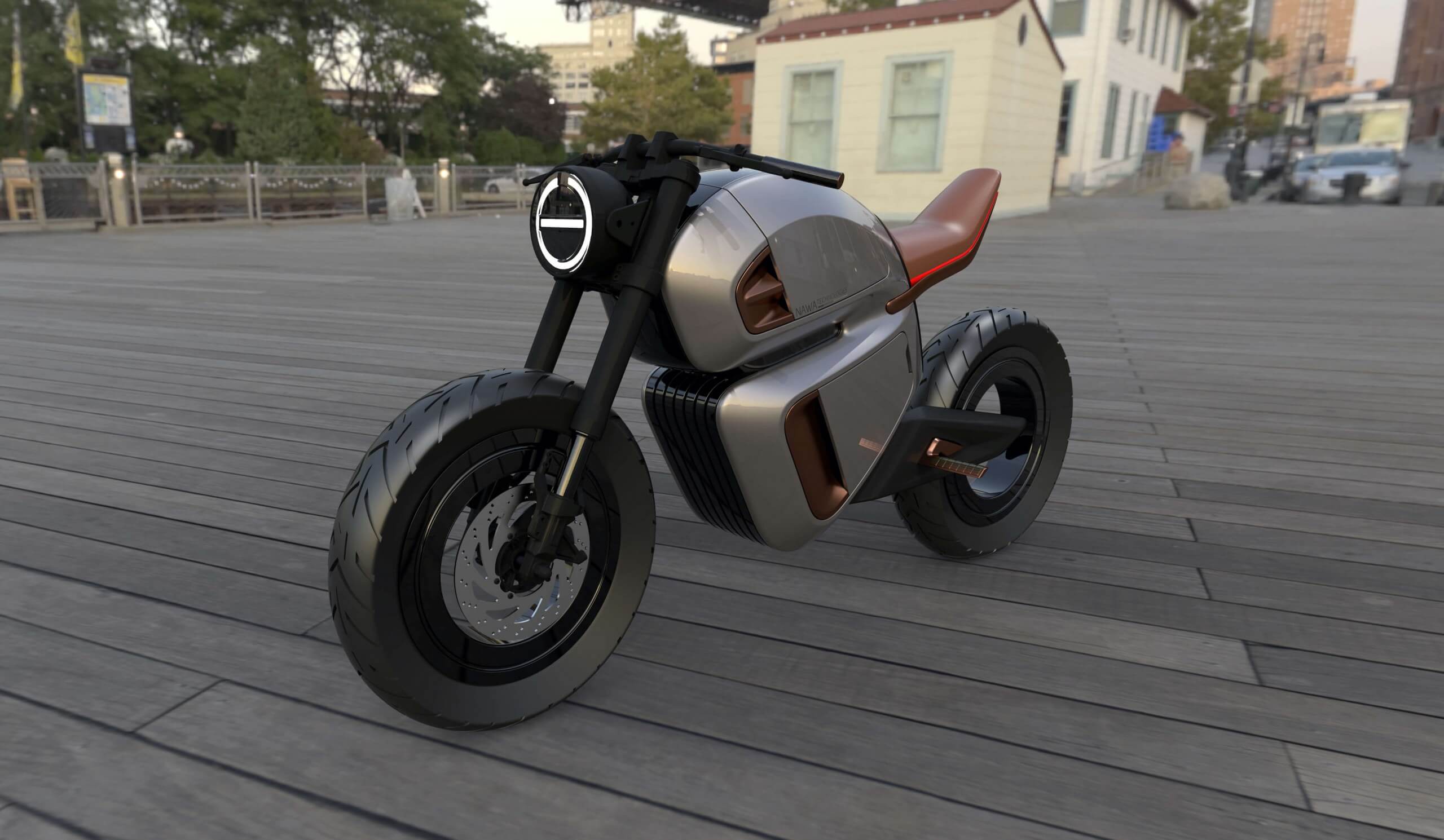The big picture: Battery tech continues to advance as a sustainable energy startup Nawa Technologies introduces a hybrid lithium-ion battery that uses a "ultracapacitor" to reuse braking energy. It equipped a prototype electric motorcycle with the tech, but says it can be applied to any EV.

On Friday, Nawa Technologies unveiled a racing-inspired electric motorcycle called the Nawa Racer, which has a significantly better range than other e-bikes. The prototype has a cool, futuristic look with a hubless rear wheel and sleek design. It also has decent performance for an electric motorcycle. The press release notes the crotch rocket can go from 0-100km/h in under 3 seconds, although it tops out at around 160km/h.
What really sets the bike apart from the crowd is a hybrid lithium-ion battery with ultracapacitor technology developed by Nawa. The company claims this is the first electric motorcycle to use an ultracapacitor in its design.

The Nawa Racer has a range of around 300km in the city, which is nearly 65 percent more travel distance than other e-bikes (180km) with the same size battery. The cap-tech captures and reuses 80 percent of the braking energy and delivers 10 times the power and five times the electricity of existing ultracapacitors.
Of course, since it is only harnessing energy during braking, the range boost is only effective in stop and go traffic. On the highway, it would only achieve about the same range as other e-bikes.
Unfortunately, the company has no plans to sell the Racer. As an energy storage and transfer company, it is not in the position to manufacture motorcycles. Instead, they built the prototype to show off the capacitor's capabilities. It will showcase the bike at CES 2020 next month.
Nawa says the hybrid battery system is scalable and can be applied to any EV, which is its real goal in creating the bike. It plans to start mass production of the technology sometime in 2020 for use in motorcycles, cars, and other EVs.